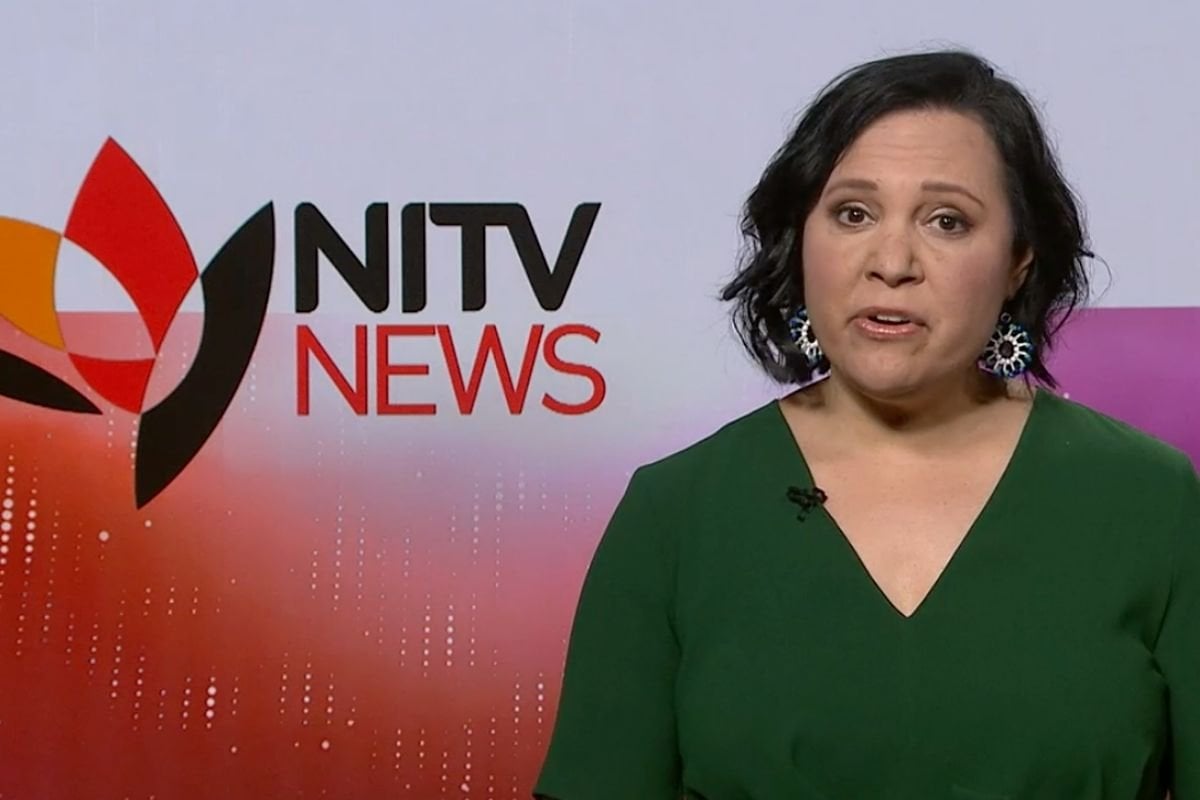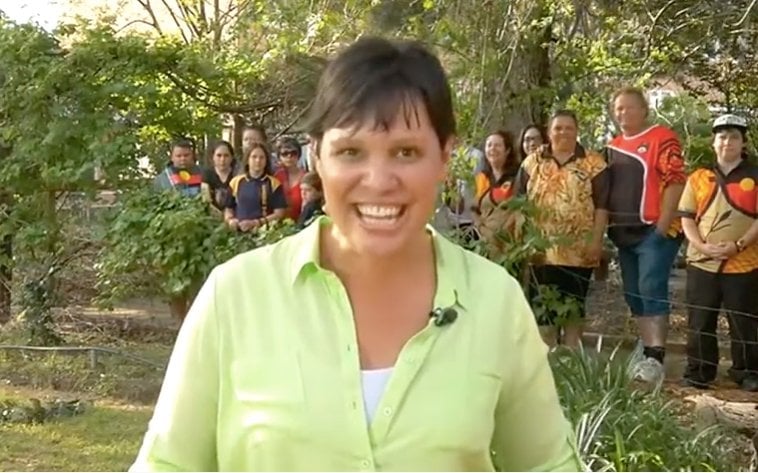
Natalie Ahmat has sat on the nightly news desk of NITV for 13 years delivering news and current affairs from an Indigenous perspective.
She adores her job, hence why she's still there. As a proud Mudburra and Wagadagum First Nations woman herself, she loves being able to give Indigenous communities a voice, tell their stories and celebrate their achievements.
But a big part of her job is holding politicians, other media and the Australian community to account by making sure the hardships and injustices that her mob face daily are reported on accurately, with the right nuances and the right calls to action. And as she told Mamamia, that can get incredibly frustrating.
Watch: Indigenous Lives Matter. Post continues after video.
"I have covered 12 Closing The Gap reports. So every February that [report] rolls around and it does sometimes unfortunately feel like Groundhog Day. But it sort of comes back to even though I feel some frustration that we're not moving forward and we don't seem to progress from the 12 months earlier - and in some cases the statistics are even worse - my role as a journalist is to report on that feeling of frustration."
As Natalie explains, if the only National Indigenous free-to-air TV channel in this country took their foot off the gas and stopped asking questions, then things wouldn't change.


